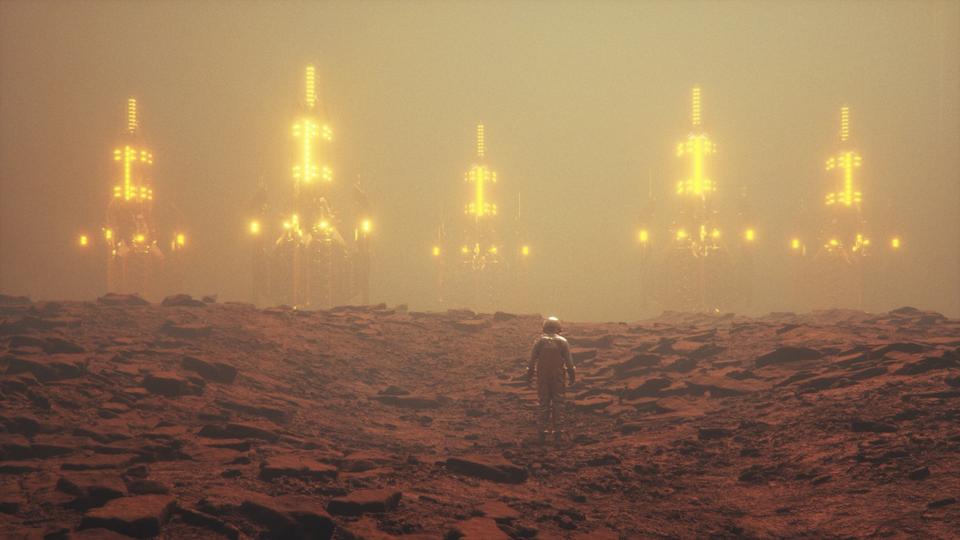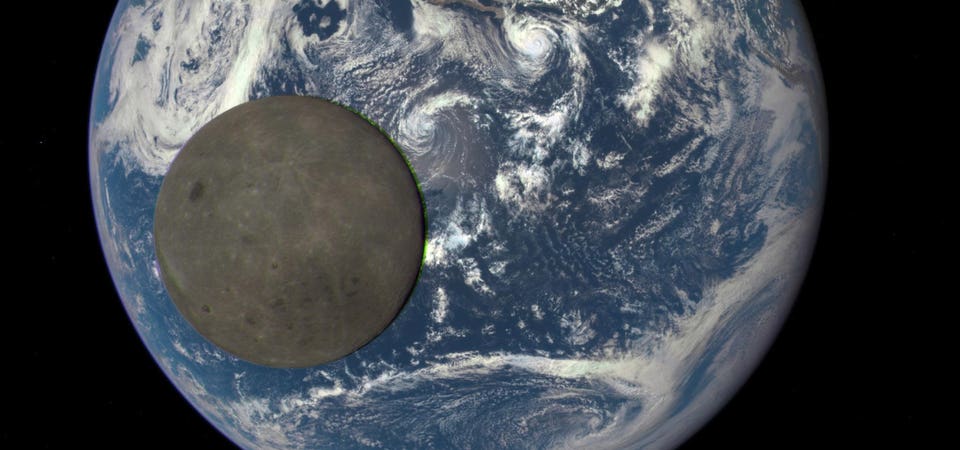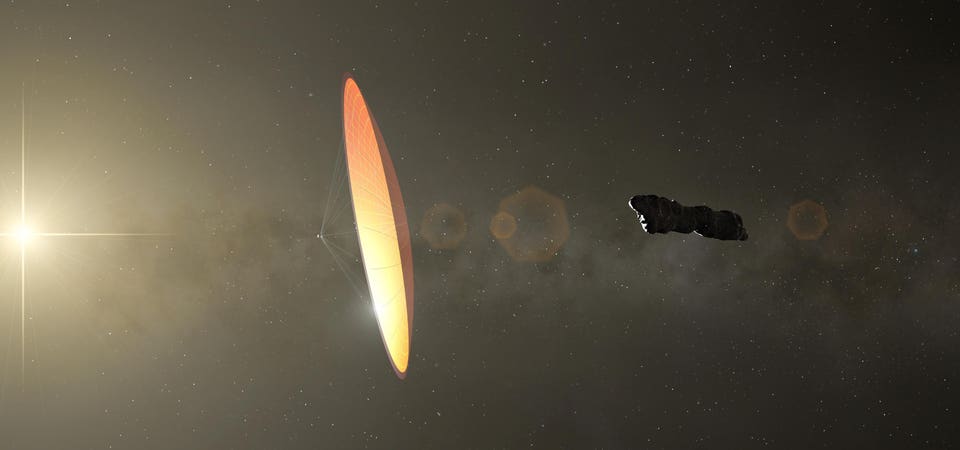
From UFO crash sites on other planets and ‘hidden’ aliens on asteroids to a permanent radio telescope on the far side of the Moon, a new NASA-funded study into the search for intelligent extraterrestrial life

Described as evidence of the use of technology or industrial activity elsewhere in the Universe, the search for technology signatures has only just begun, but it could turn up something surprising without much additional expense, according to
After more or less ceasing its search for technology signatures in 1993 under pressure from politicians, NASA became increasingly involved in SEtI.
Published in the journal Acta Astronautica, the study includes a list of what NASA missions could detect as “evidence of sightings of extraterrestrial life” beyond Earth.
Perhaps most intriguingly, the paper suggests that interstellar probes could have been sent into the solar system long ago, perhaps during our Sun’s last close encounter with other stars.
The closest star to the Sun at this time, Proxima Centauri, is more than 4.2 light-years away, but approximately every 100,000 years a star comes within nearly a light-year of the Sun.
“Such artifacts could have been captured by solar system bodies in stable orbits or could even have crashed into planets, asteroids or moons,” the document states.

The document’s nine suggestions for technology signature search missions include:
Mission 1: Search for crash sites on the Moon, Mars, Mercury or Ceres
the surfaces of these places are ancient and immutable.
Mission 2: Search for contamination using dirt as a template
As recently published for NASA by the same authors, the JWSt could find CFC gases, proof of civilization, around exoplanets if it were 10 times more common than on Earth.
Mission 3: find Dyson spheres
A so-called “waste heat mission” to collect technological waste heat would require surveying the whole sky using a space telescope with sensitivity in many infrared bands.

Mission 4: Build a radio telescope on the far side of the Moon
Until now, the search for technology signatures has been done largely through radio astronomy, and continues to be through the Breakthrough Listen project.
Mission 5: Search for “prowlers” on asteroids
We can be observed by extraterrestrials hidden in resource-rich Near-Earth Objects (NEOs), possibly even asteroids that orbit the Sun with Earth.
Mission 6: Intercept “Interstellar Intruder” Missions
‘Oumuamua for 2I/Borisov passed through the Solar System without us being able to conclusively establish its nature and origins.

Mission 7: Search existing data
such as objects orbiting exoplanets, contamination in exoplanet atmospheres, and detection of nocturnal illumination on exoplanets.
Mission 8: Perform Laser Searches in the Sky
Short laser pulses could be searched in visible light and wide regions of infrared with a single instrument.
Mission 9: Study Small Asteroids
Asteroids less than 10m in diameter may be of human origin, but we have never looked for them.


